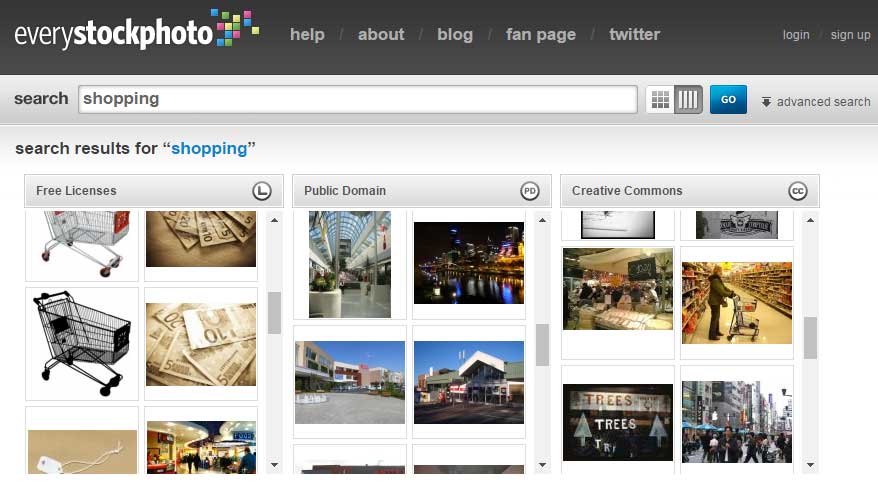
Name the file with relevant, descriptive keywords to get the most SEO power.
PHOTOS SEARCH SITE HOW TO
HANDPICKED RELATED CONTENT: How To Ensure Optimal Visual Experiences Across Devices 2. TIP: If your website content frequently changes, regularly check your load times. WordPress plug-ins for image optimizationĪfter you’ve optimized your images, how do you know whether your website page loading times are quick enough? Use one of these tools to test your site speed: If you don’t use Photoshop, these tools and plug-ins can help: Many image-editing tools, like Adobe Photoshop, have a save-for-the-web option that automatically minimizes the file size while optimizing image quality. How well an image is compressed affects both file size and quality – the smaller the file, the poorer the image quality.Įxperiment with file types and compression rates to see what works best for each image. Image source Choose the right compression rate I recommend JPEG for images with lots of color and PNG for simple images. PNG, JPEG, and GIF each have their benefits. TIP: Check out this guide to identify the best image sizes for social media platforms. While they work well for printed materials, they should be scaled down and sized for the web. Images with higher resolution and larger dimensions slow your page load times considerably. File size is the storage space (e.g., 350 kilobytes). Image size refers to the dimensions of an image (e.g., 1024 pixels by 680 pixels). Image size and file size are not the same things. Now, I’ll detail 10 ways to optimize your images. TIP: Optimized images take up less storage space on your server, so site backups are completed more quickly faster.


That can have a positive impact on search engine rankings, which further improves customer engagement, conversions, and customer retention. When you can reduce the size of images without compromising quality, page load times and the overall user experience improves. Thus, image size and complexity heavily impact site performance. It also involves accurately labeling images with metadata so search engine crawlers can read them and understand page context.Īccording to HTTP Archive, in 2018, images made up 21% of an average web page’s total weight, and that share likely has grown as image use has grown in recent years – they consume more bytes than any other part of the website. Image optimization involves creating and delivering high-quality images in the ideal format, size, and resolution to increase user engagement. Understanding the basics of image optimization gives your content the best opportunity to succeed with SEO. Not only do images make your content more accessible, attractive, and engaging to users, but they’re important for SEO.


 0 kommentar(er)
0 kommentar(er)
